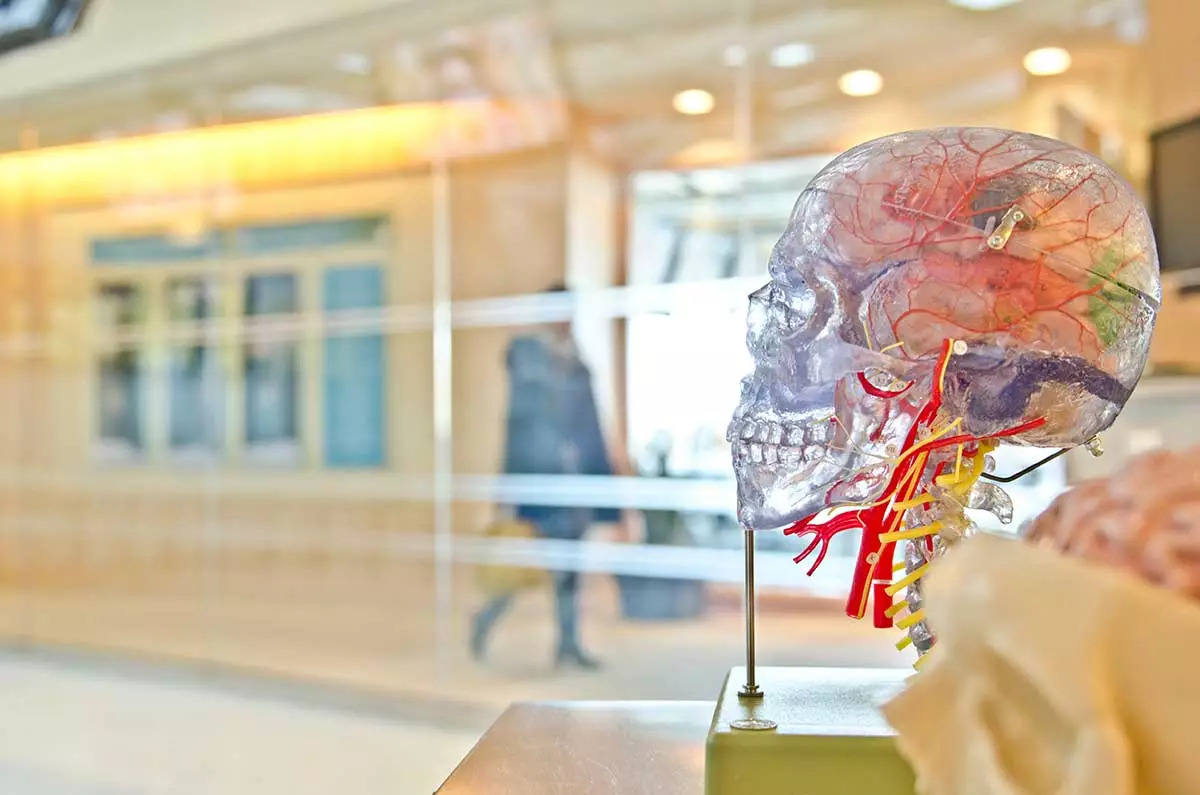Graded Motor Imagery
What Is Graded Motor Imagery (GMI)?
Graded Motor Imagery (GMI) is a way to treat chronic pain by rewiring the brain. Why does rewiring the brain treat pain? Because, no matter where in the body pain is felt or what injury is causing the pain, pain is actually a product of the brain. The brain analyzes signals from the body and decides whether to interpret these signals as pain. It is the way our nervous system tells us to to protect our body or to pay attention to an injured part of our body. This is true of everyone, in every situation (with the exception of a small percentage of people who have a genetic inability to feel pain, and who seldom live to adulthood). Pain signals from our brain are necessary to keep us healthy and safe, just like our immune system is necessary to fight off viruses and bacteria.
However, sometimes the brain becomes hypersensitive and overprotective, and produces pain that continues to limit movement and activity even though the body has healed from an injury. This oversensitivity is similar to severe allergies, where the immune system that normally protects us from harmful germs instead overreacts to something that is not really dangerous, causing a severe allergic reaction that can even be deadly (for example, a severe allergy to peanuts). The more severe an injury or condition is, the longer it lasts, and the more anxious we are about it, the more practice the brain gets at producing a painful response to the information coming into our nervous system. This is a common response to many different types of injuries and conditions. This can happen to anyone if the conditions are right.
Note: this overactive pain response does not mean the pain is not real, or “just in your head”! All pain is real; if it hurts, it’s pain. It just means that the pain signal is no longer related to actual injury or illness in the body, and the brain needs to be retrained to realize this.
GMI is a way to retrain the brain to feel safe about using your body so that it does not hurt, or hurts less. The goal is to get your pain response to accurately protect you from injury and overuse but not have your pain response stop you from living your life the way you choose.
Who Benefits From GMI?
GMI is useful for treating conditions such as Complex Regional Pain Syndrome (CRPS), Reflex Sympathetic Dystrophy (RSD), chronic back pain, chronic neck pain, phantom limb pain, and some cases of dystonia.
What to Expect
GMI takes you through a progression of exercises that starts with implicit motor imagery. This is a way of exposing your brain to indirectly thinking about moving without actively thinking about it. It involves watching other people move, and looking at pictures and determining how somebody is moving or what side of their body is moving.
From there, we progress to explicit motor imagery. Now you intentionally think about moving and imagine doing things that normally might be uncomfortable for you.
The next progression is often mirror box exercises. This works well for symmetrical parts of the body such as feet, hands, and knees. A box with a mirror on the side of it hides the affected part of the body (where you perceive pain). You then place your opposite body part so that the reflection in the mirror looks like the affected body part. Then you move the non-painful side while you watch it in the mirror. Your brain perceives the mirror image as your affected side moving, and there is no pain (because you are not actually moving the affected side). This begins to teach your brain that the affected part can move safely and without pain. Further progression through this phase allows you to actually move the affected body part without pain.
The whole process is designed to get your brain comfortable with movement in a non-threatening way. The technique requires the client to do a lot of homework and repetition of exercises; our role is to guide and coach. We will also provide you with resources and help you problem solve when hurdles crop up as you progress.
Patient Success Story
Melissa was diagnosed with Complex Regional Pain Syndrome (CRPS) in 2014, a few months after she fell while running. When she started coming to Synergy, she was getting around on crutches or a knee scooter. Due to her pain, fatigue, and anxirty, she was unable to drive, she had to leave her job, and she was unable to participate in her normal activities.
“I couldn’t participate in family activities or be the parent that I wanted to be. I was filled with fear that I would never be able to work, be independent and drive myself, be a part of my family, hike, camp, or travel ever again.”
Arch Harrison, PTA worked with Melissa using Graded Motor Imagery to get her back on track.
“Graded Motor Imagery definitely helped me. I spent a lot of time using the Recognise app, motor imagery, and mirror therapy. Arch then taught how to slowly build in exercise and increase it as I progressed and gained confidence.
I still have a little pain, but nothing that is not manageable and most importantly I fully have my life back now. I am back at work, I am able to participate in my family life, travel, and do all the outdoor activities I love.”
To read Melissa’s full testimonial, check out our Testimonials page.
Practitioners at Synergy That Use Graded Motor Imagery
Learn More About Graded Motor Imagery
Relieve Chronic Pain by Rewiring Your Brain
The CDC reports that 50 million Americans have suffered from chronic pain in the past six months,1 w…
How Chronic Pain Leads to More Pain
Pain signals are necessary for keeping us healthy and safe – it’s our nervous system’s way of …

